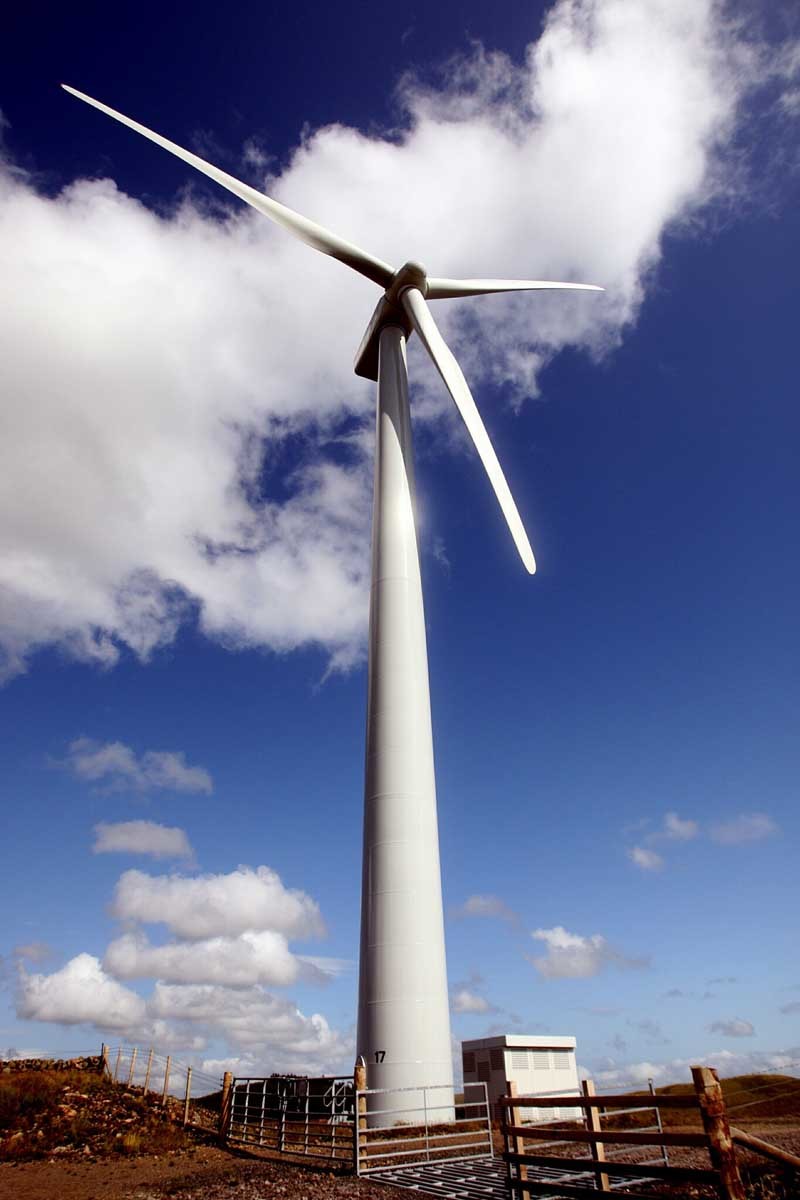Offshore wind farms could meet Scotland’s electricity demands seven times overand trigger a renewable energy boom to match the North Sea oil bonanza of the 1970s.
A report has claimed offshore wind farms around the UK will generate electricity equivalent to one billion barrels of oil.
According to the Offshore Valuation Group report, the offshore energy sector has as much potential as the fledgling oil and gas industry did in the 1970s.
The report also says the UK, which currently has to import energy, could be exporting power by 2050, by which time the net value to firms capturing just under one-third of Scottish potential is estimated at £14 billion in electricity sales.
Group chairman Tim Helweg-Larsen said, “In the same way that investment in North Sea oil and gas infrastructure enabled the country to access a vast stock of hydrocarbon energy resources, large-scale investment in offshore renewables could open up access to a permanent energy flow.”
The report also found that offshore energy would reduce carbon dioxide emissions by 1.1 billion tonnes over four decades and would also create 145,000 jobs.UnderestimateHolyrood energy minister Jim Mather said the report may actually underestimate the scale of wave and tidal activity for Scotland.
“These findings strengthen our arguments for developing our offshore renewable potential, for greater interconnection to the rest of the UK and Europe and for the development of offshore grids to connect and export offshore renewable energy from Scotland direct to continental Europe,” he said.
Meanwhile, the Scottish public has been given the chance to have its say on proposals to create enormous offshore wind farms.
Last year the Crown Estate identified 10 coastal sites suitable for possible wind farm development, including areas in the Tay and the Forth.
The Scottish Government launched its 12-week consultation programme on the plans yesterday, a programme it claims will both help reduce greenhouse gas emissions and help Scotland tap into the multi-billion renewable energy market.
The Strategic Environmental Assessment And Development Plan For Offshore Wind sets out the wind farm proposals to 2020 and beyond.LifelineLaunching the consultation at the All Energy conference in Aberdeen, environment secretary Richard Lochhead said, “For centuries Scotland’s seas have provided a lifeline to many of our coastal communities.
“We now have an opportunity to harness a new dimension of this natural resource for 21st-century Scotland in the form of marine renewables including offshore wind.
“It can undoubtedly play a key role in generating clean, green renewable energy.
“I would urge everyone to participate in the consultation, to help confirm the best options for offshore wind energy development.
“We are committed to delivering the necessary support for a pioneering energy industry in Scotland, while promoting a low carbon economy.”
Jenny Hogan, director of policy at Scottish Renewables, added, “Meeting the amazing potential of offshore wind farms to create jobs, deliver energy security and cut carbon also requires a responsible approach to development.
“This framework should help enable offshore renewables to be sited in the right places, mindful of local environmental constraints and the needs of other sea users.
“We will respond to this consultation to ensure the plan underlines that we can tackle carbon emissions while minimising the impact on the environment through sensible sighting and design of projects, which should be welcomed by all those who have a stake in the health of our seas.”
Bertie Armstrong, chief executive officer of the Scottish Fishermen’s Federation, said, “As an indigenous, traditional industry at the heart of the Scottish economy, the fishing industry can see the growth of the renewables energy sector continuing into the foreseeable future.
“It is imperative that a primary food producing industry, harvesting a sustainable, renewable resource will not be forgotten about as the new industries develop.
“For this reason we look forward to working and consulting with the Marine Scotland Renewables Team to ensure that they have the best information available to help them mitigate any potential conflicts between old and new users of the sea.”
